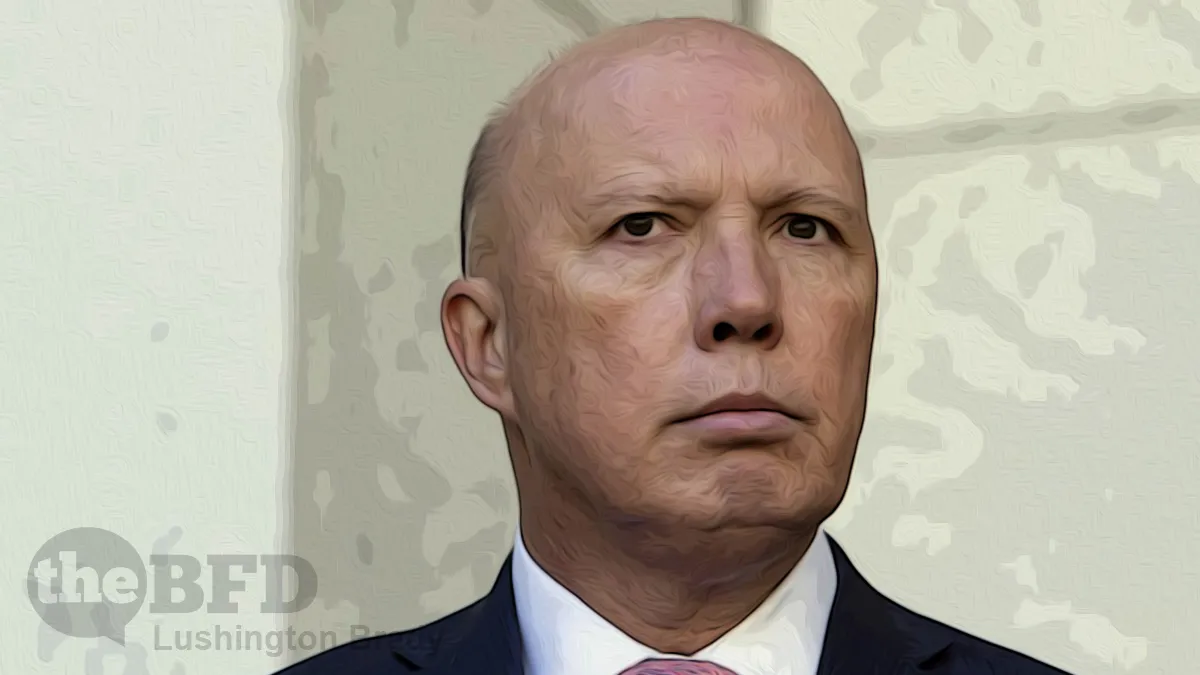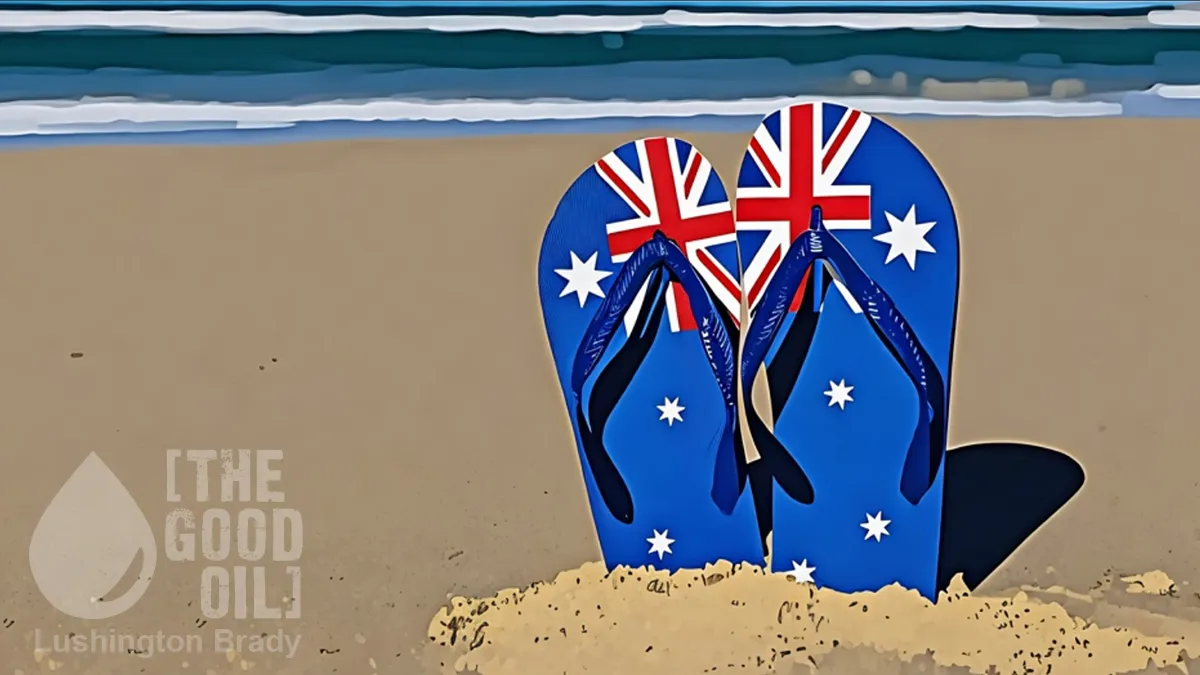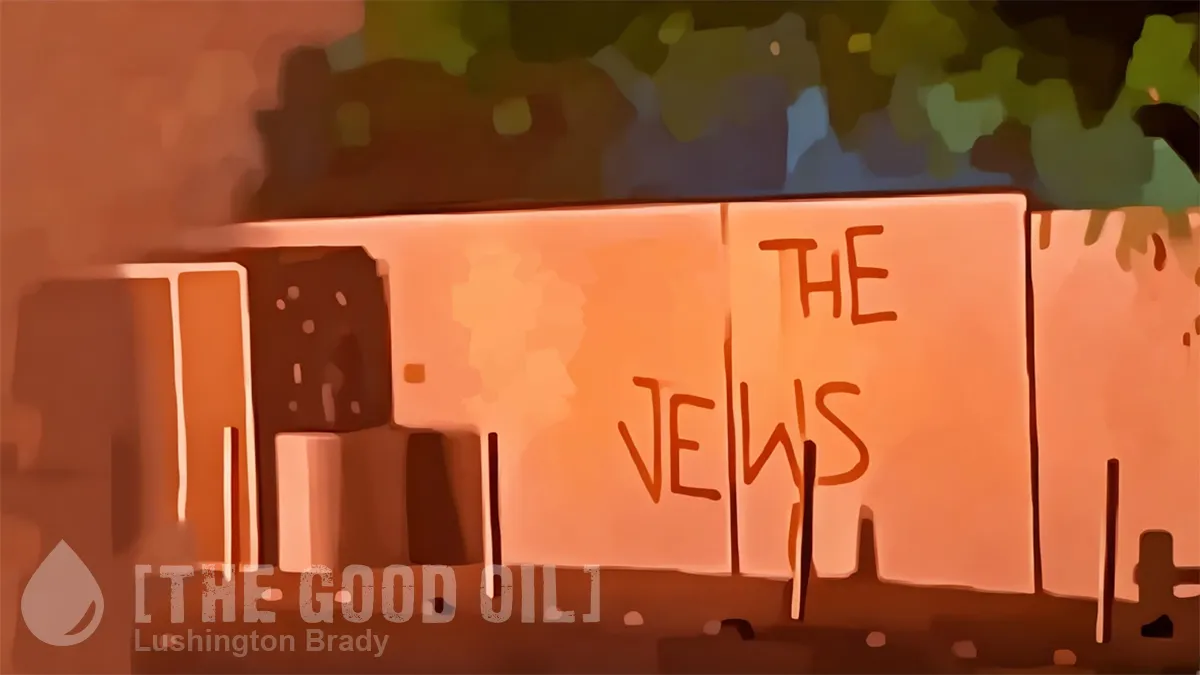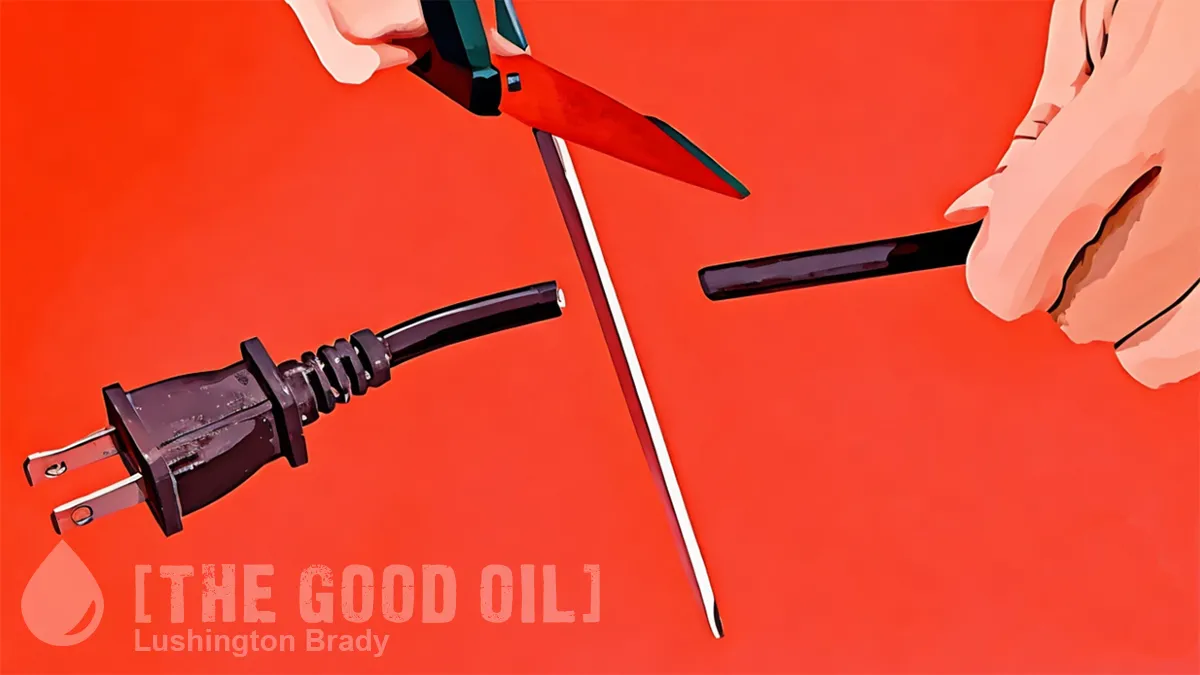As I wrote recently, the small target strategy has been the prevailing wisdom in Australian politics since 1993. That was the year John Hewson launched his Fightback! campaign, a year out from an election. Hewson was perhaps the last politician to try a degree of honesty: he told everyone, in almost mind-numbing detail, exactly what he proposed to do in government.
In reality, he just gave Labor government a year’s worth of ammunition in a relentless attack campaign.
Political strategists got the memo. From then on, it’s been “small target” strategy to the point of invisibility. Policies are never announced before the election campaign. If possible, the big stuff is held off to the last couple of days, to try and leverage the 24-hour electronic media ban.
The Dutton opposition is throwing all that aside. Not content with just hammering the Albanese government for its relentless failures, the opposition is going big and bold with policy announcements, including nuclear, and a generational shake-up of Indigenous policy.
It looks as though the strategy is paying off.
Voters have lifted the Coalition to another high in core support after months of steady gains for Opposition Leader Peter Dutton, as 55 per cent of Australians say they expect the national outlook to worsen.
The Coalition has increased its primary vote from 36 to 38 per cent over the past month, while core support for Labor has been steady at just 28 per cent – its lowest level since Prime Minister Anthony Albanese took power at the last election.
Still, the biggest factor in Dutton’s favour is voters’ growing anger at out-of-control cost of living, fuelled by both energy and immigration policy.
On the party front, the Coalition has increased its primary vote over the last election, but Labor has seen an even more catastrophic drop in its primary vote. At the 2022 election, Labor’s primary vote was a century-low. The latest polls have them approaching their lowest vote in the nation’s history.
The Coalition has increased its primary vote from 36 to 38 per cent over the past month, while core support for Labor has been steady at just 28 per cent – its lowest level since Prime Minister Anthony Albanese took power at the last election […]
The primary vote results mean Labor and the Coalition are now tied at 50:50 in two-party terms for the first time in the Resolve Political Monitor since the last election, ending Labor’s long lead on this measure. The two-party calculation assumes the same preference flows as in 2022.
That’s a big assumption. Disaster is looming for Labor in the form of The Muslim Vote. This resurgence of sectarian politics in Australia for the first time in half a century threatens to cost Labor a swathe of seats in its Western Sydney heartland.
Even more disastrous for Labor, Peter Dutton is edging ahead as preferred prime minister.
The exclusive findings show Dutton has maintained a small edge over Albanese as preferred prime minister, leading by 35 to 34 per cent, in a dramatic reversal of results one year ago that showed him lagging by 25 to 46 per cent.
It’s notable, though, that both parties are on primary votes that would once have spelled doom. That’s because so many voters have walked away from the two majors. On that front, things aren’t looking rosy for the left, either.
Core support for the Greens fell from 14 to 13 per cent and support for independents was unchanged at 11 per cent, while support for Pauline Hanson’s One Nation was steady at six per cent.
On the wisdom that voters chuck governments out rather than vote them in, Labor is in big, big trouble. While Anthony Albanese and his government have obsessed themselves with boutique grievance politics stuff like the Voice referendum, and Net Zero, Australian voters have never lost sight of the single most important fact in their lives: it’s the economy, stupid.
Only 16 per cent said the national outlook was improving in the July survey, while 29 per cent said it would stay the same and 55 per cent said it was getting worse.
With households suffering from rising prices and higher interest rates, 53 per cent of voters named the cost of living as the most important issue in deciding their votes, while another 12 per cent named housing and rental affordability.
The Age
Just six per cent rated climate change as their most important issue. You can bet that those are the wealthy Greens and Teal voters in the richest suburbs of Melbourne and Sydney.
The Coalition’s great strength has always been economic management. Voters are recalling John Howard’s warnings about interest rates and Labor – which today look more like prophecy than politicking.









